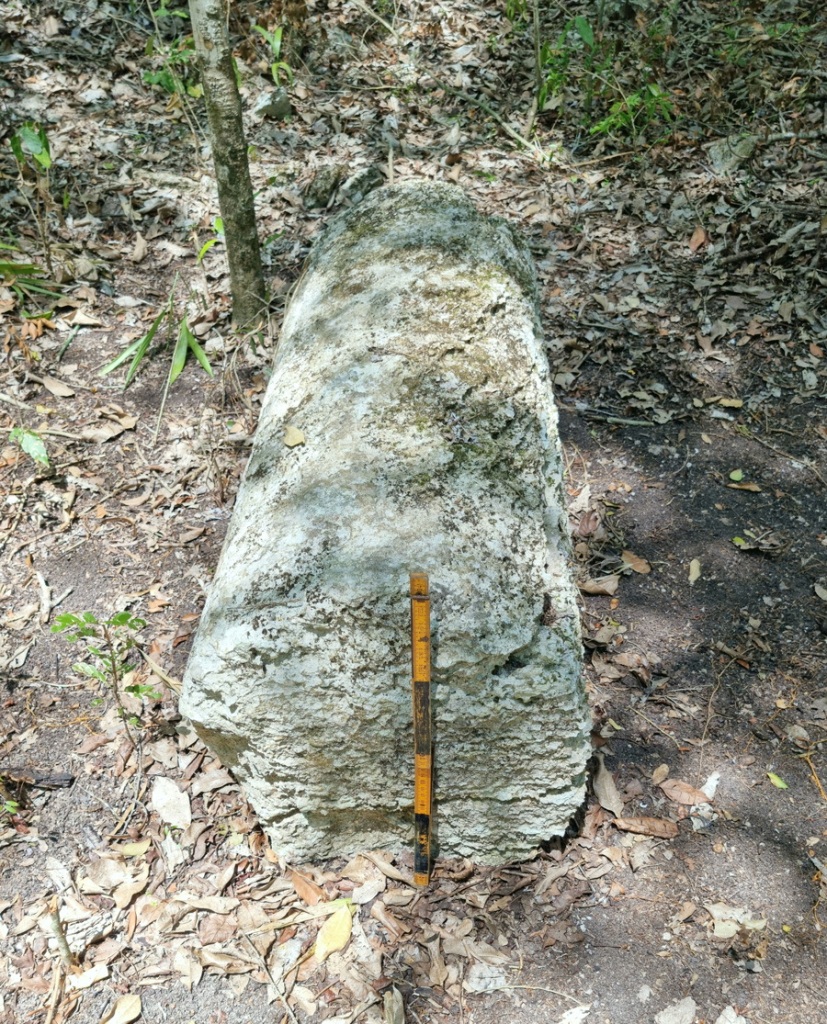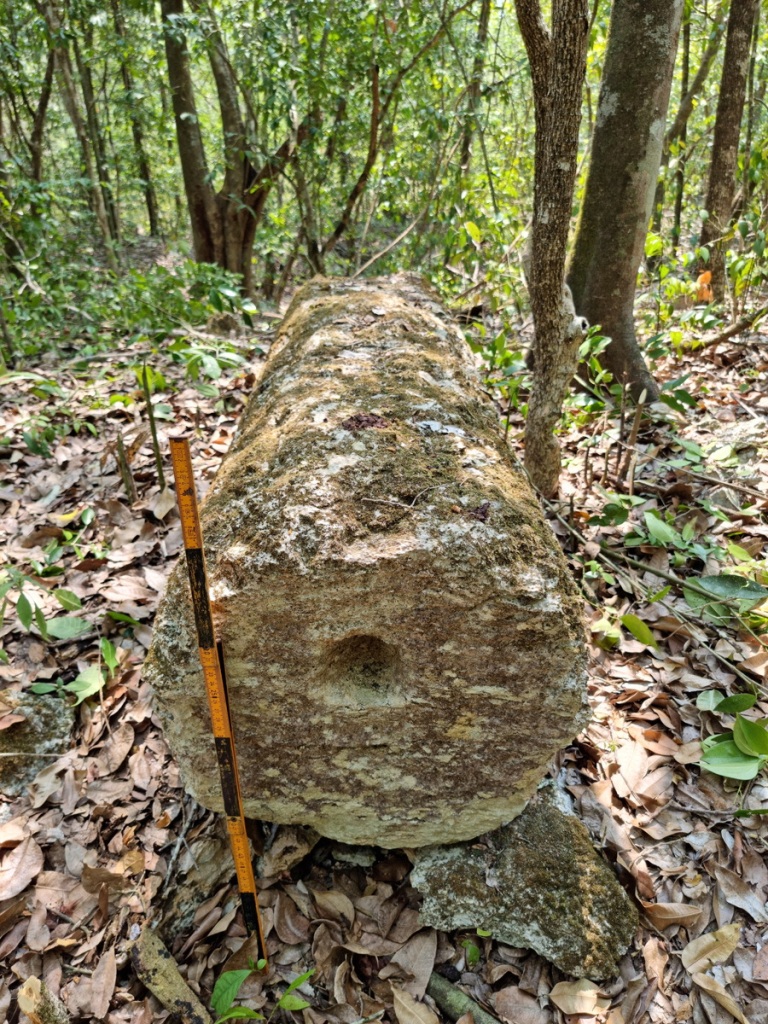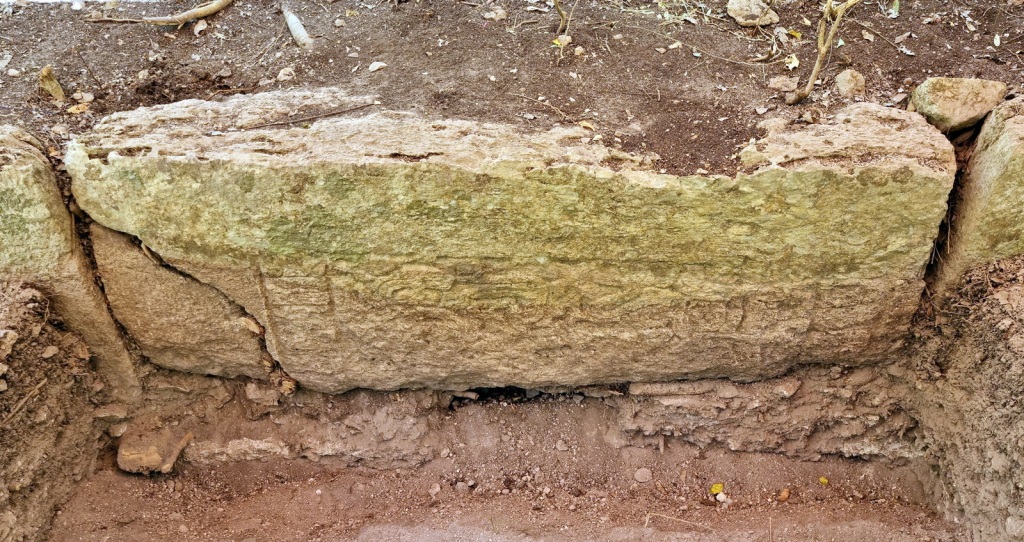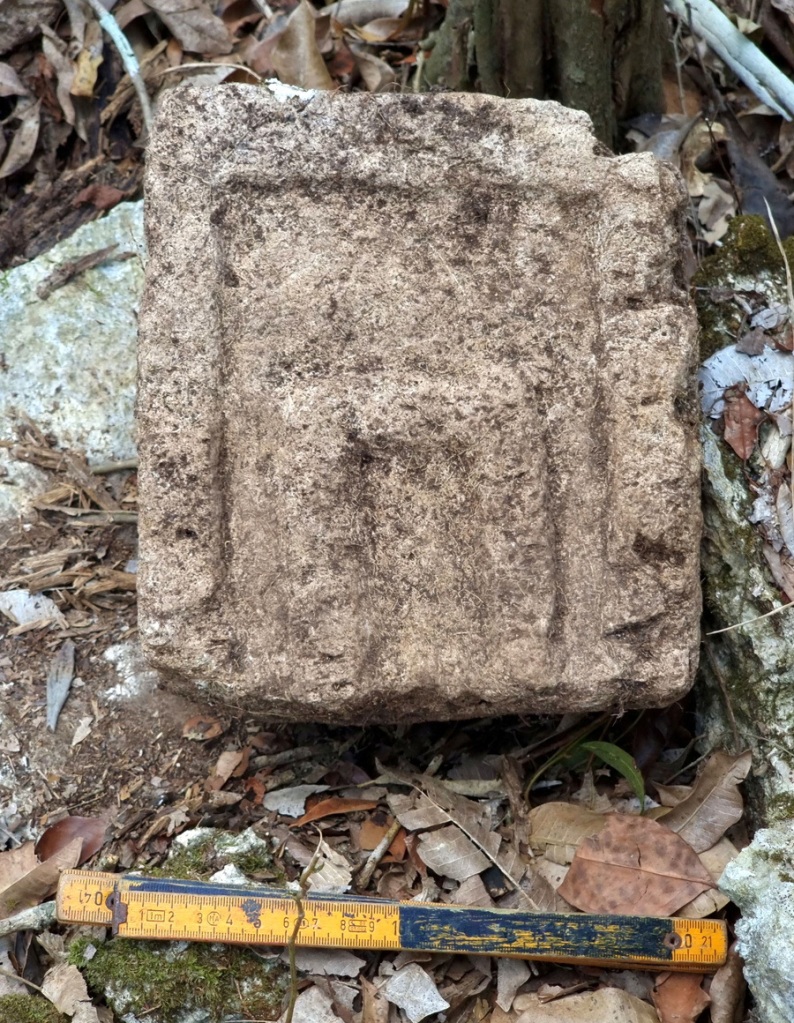Ancient Mayan city Ocomtun discovered in Mexican jungle
Archaeologists exploring the deep jungles of Mexico uncovered the remains of a previously unknown ancient Mayan city.
A team from the Archeology Council of the National Institute of Anthropology and History discovered the city, which they named Ocomtun — meaning “stone column” in the Yucatec Maya language — while searching a largely untraversed stretch of the Balamku ecological reserve on the country’s Yucatan Peninsula, the group said Tuesday.
The scientists discovered large pyramid-like buildings, stone columns, three plazas with “imposing buildings” and other structures arranged in almost-concentric circles scattered throughout the thousand-year-old ancient settlement.
“The site served as an important center at the regional level, probably during the Classic period (250-1000 AD),” team leader Ivan Ṡprajc said in a statement.
The INAH’s “Expanding the archaeological panorama of the Mayan Central Lowlands” project zeroed in on the remote area after spotting a myriad of pre-Hispanic structures through airborne laser scanning and mapping that was conducted in March.
The team put boots on the ground from May through mid-June, where they found the ruins once belonging to the Mayans, whose empire once spanned southeast Mexico and parts of Central America.



They found numerous stone columns littered throughout the area, which may have served as part of the entrances to the upper rooms of the buildings.
The city had central altars in an area near the La Riguena river, which scientists theorize may have been designed for community rituals, as well as a ball court for games that were widespread throughout Mayan civilization — players passed a rubber ball representing the sun across a court without the use of hands to land it through a small stone hoop.
“The biggest surprise turned out to be the site located on a ‘peninsula’ of high ground, surrounded by extensive wetlands. Its monumental nucleus covers more than 50 hectares (123 acres) and has various large buildings, including several pyramidal structures over 15 meters (49 feet) high,” Ṡprajc said.

Ocomtun is located within several dozen miles of other Mayan cities that were discovered in recent decades.
Archeologists believe the site probably declined around 800 to 1000 AD judging due to the “ideological and population changes” that led to the collapse of Maya societies in that region by the 10th century.
With Post wires
Read the full article Here


